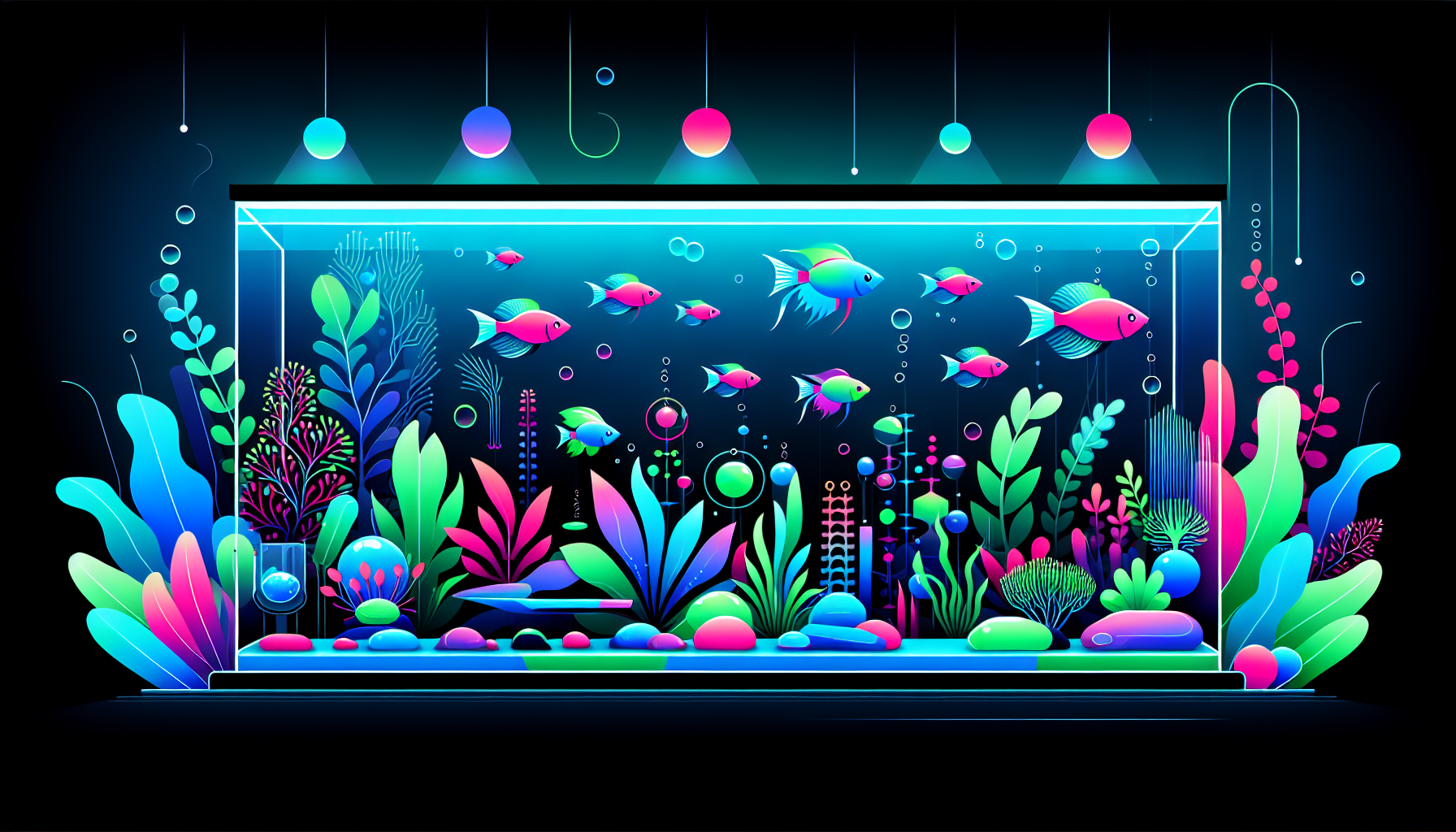The Ultimate Beginner’s Guide to Aquascaping: Tips, Techniques & Essential Equipment
Ready to dive into the mesmerizing world of aquascaping? Whether you’re dreaming of lush aquatic gardens or intricate hardscape layouts, this comprehensive beginner’s guide will help you master the art of creating beautiful underwater landscapes. Discover practical aquascaping tips, step-by-step techniques, and the must-have equipment to start your aquascaping journey. Let’s get your tank flourishing!
What is Aquascaping?
Aquascaping is the craft of arranging aquatic plants, rocks, driftwood, and other materials in an aquarium to create a visually appealing environment. Much like underwater gardening, aquascaping blends creativity, design, and nature. With numerous styles—such as Nature Aquarium, Iwagumi, and Dutch Style—aquascaping offers endless possibilities for expressing your personal taste while providing a thriving ecosystem for your fish and plants.
Why Try Aquascaping?
- Relaxation: Watching a tranquil, well-designed aquascape can reduce stress and enhance your living space.
- Creativity: Aquascaping lets you channel your inner artist while exploring natural beauty.
- Improved Water Quality: Healthy plants contribute to better water conditions for aquarium inhabitants.
- Community: The aquascaping hobby connects you with a global network of enthusiasts (join our community).
Essential Equipment for Aquascaping Beginners
Getting started with aquascaping doesn’t have to be daunting! Here’s an equipment checklist to set up your first planted aquarium:
- Aquarium tank (choose the size according to your space and budget)
- Substrate (nutrient-rich for plants, such as aqua soil or active substrate)
- Filtration system (canister or hang-on-back filter)
- Lighting system (full-spectrum LED lights promote healthy plant growth)
- CO2 system (optional, but beneficial for demanding plant species)
- Hardscape materials (rocks, driftwood, spider wood, or stones—see top choices for hardscape)
- Aquatic plants (beginner-friendly options like Java Fern, Anubias, Cryptocoryne)
- Basic tools (aquascaping scissors, tweezers, planting tongs, and a gravel vacuum)
- Water test kit (monitor pH, ammonia, nitrate, and nitrite levels)
- Aquarium heater (for tropical aquascapes)
Step-by-Step Aquascaping Techniques
1. Plan Your Aquascape Design
Before you start, envision your desired aquascaping style. Sketch a rough layout and decide on a focal point. Popular aquascaping layouts include:
- Nature Aquarium: Mimics natural landscapes, blending rocks, plants, and wood in harmonious patterns.
- Iwagumi Style: Minimalist stone arrangements focusing on balance and symmetry.
- Dutch Style: Lush plant layouts with strong color contrasts and dense vegetation.
For more inspiration, check out our aquascaping styles guide.
2. Set Up the Substrate Layer
Begin with a base layer of nutrient-rich substrate to support healthy plant roots. Slope the substrate from back to front for added depth and perspective—this simple technique creates a more dynamic landscape in your aquarium.
3. Arrange Hardscape Elements
Place rocks, driftwood, or other hardscape materials to frame your aquascape. Use the “rule of thirds” to position focal points and avoid symmetry, making your layout more natural. Don’t be afraid to experiment before adding water or plants!
4. Plant Your Aquatic Plants
Start with background plants (tall species) at the back of your tank, midground plants in the center, and foreground plants (short, carpeting varieties) at the front. Use aquascaping tweezers for precision. Ensure each plant’s requirements (light, CO2, nutrients) are met for optimal growth.
5. Fill the Aquarium Slowly
Add water gently to avoid disturbing the substrate and plants. Use a plate or plastic sheet to disperse water flow. Once filled, check the temperature and adjust as needed.
6. Install the Filter & Lighting
Set up your aquarium filter and lighting system. Full-spectrum LED lights on a timer (8-10 hours daily) will help your aquascape flourish. Consider CO2 injection for advanced setups.
7. Cycle the Aquarium
Before adding fish or shrimp, cycle your aquarium to establish beneficial bacteria. Test water parameters and wait until readings are within safe ranges for your chosen inhabitants.
Top Tips for Successful Aquascaping
- Start small to gain confidence before progressing to larger tanks.
- Research plant and fish compatibility to avoid issues later.
- Prune plants regularly to maintain your design and promote healthy growth.
- Perform weekly partial water changes to maintain water clarity.
- Join an aquascaping forum or browse beginner guides for ongoing support.
Common Pitfalls to Avoid
Even seasoned aquascapers run into challenges. Sidestep these common mistakes:
- Overcrowding plants or decor: Leaves little room for growth; always plan for mature sizes.
- Neglecting water changes: Leads to algae blooms and unhealthy environments.
- Using incompatible fish or shrimp: Research tank mates for peaceful, thriving aquascapes.
- Ignoring lighting or CO2 needs: Inadequate light or nutrients can stunt plant growth.
What’s Next? Grow Your Aquascaping Skills!
With these beginner aquascaping tips and techniques, you’re ready to set up a stunning planted tank. Remember, the key to outstanding aquascapes is patience, experimentation, and learning from every experience. Want to go deeper?
- Visit our plant care guides for species-specific advice.
- Explore advanced aquascaping techniques as your confidence grows.
- Connect with fellow enthusiasts in our aquascaping community.
Ready to Start Your Aquascaping Adventure?
Begin building your dream underwater world today! For more tips, step-by-step guides, and inspiration, subscribe to the Aquascaping Academy newsletter and join our thriving community of aquascaping enthusiasts. Share your progress or questions in the comments—and happy aquascaping!



